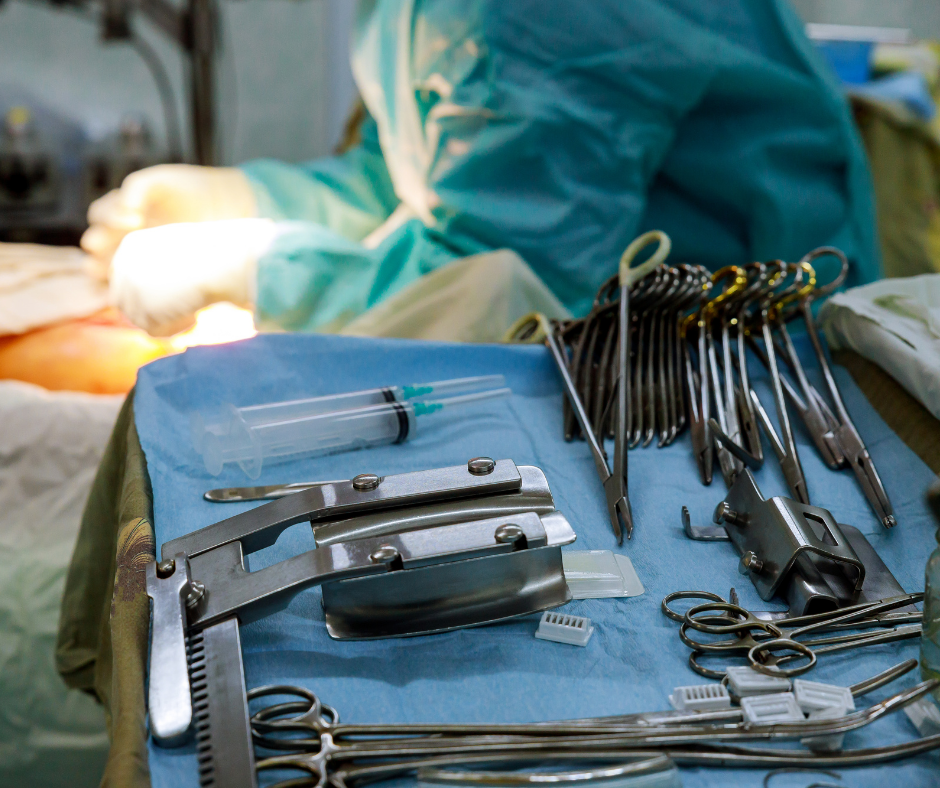Coronary Artery Disease (CAD) is the most common type of heart disease in the U.S., affecting approximately 18.2 million adults over the age of 20. It is a condition in which arteries of the heart become narrowed or clogged due to plaque build-up. If left untreated, this restricted blood flow to the heart can lead to serious damage including heart attack and even death.
Traditionally, CAD is treated with medication, stents placed inside the arteries, or bypass surgery. Historically, bypass surgery used veins or arteries from other parts of the body to reroute blood flow to the heart. Over time though, veins can give out and fail to work properly, often requiring repeat bypass surgery.
Within the past few decades, new surgical bypass techniques have been developed using arteries for these procedures that prove far more effective than using veins, and with longer-lasting results.
Coronary Artery Bypass Grafting (CABG) surgery requires a higher level of skill involved in working with arteries.
“It’s true that it’s harder to do more arterial grafting,” says CTVS board-certified cardiothoracic surgeon Dr. W. Chance Conner. “It takes longer, it’s technically a more challenging operation. And so some surgeons have been naturally resistant to doing it.”
Being pioneers in the cardiothoracic field in Central Texas for more than 65 years, and always willing to adopt and perform newer treatments, many of our CTVS board-certified specialists regularly perform CABG on their CAD patients utilizing arterial grafting in lieu veins.
In fact, CTVS surgeons perform approximately 1,000 CABG procedures each year – half of which use more than one arterial graft.
How is CABG performed?
During CABG, the blocked coronary artery is bypassed with a healthy blood vessel from somewhere else in the body. Arteries used for the graft typically come from the chest or wrist, with one end attached beyond the blockage and the other before the blockage. The blood then bypasses the blockage and is able to flow as it normally should to the heart.
It’s an open surgery performed via an incision made down the center of the chest to access the heart.
In most cases, the heart will need to be stopped and a mechanical pump is used to support its functioning while the surgery is performed. The whole procedure typically lasts four hours, followed by several days in the hospital to recover and ensure that your heart is working properly before returning home.
Who is the best candidate for CABG?
According to Dr. Conner, patients who are ideal candidates for CABG are those who have more severe forms of carotid artery disease or more arteries affected by blockages. Patients who are younger and don’t have any other illnesses or underlying conditions, such as obesity, chronic lung disease, or insulin-dependent diabetes are ideal candidates for multiple arterial grafts.
What are the benefits of CABG?
The benefits of an arterial bypass graft are:
- Durable relief of symptoms (often lasting many years)
- Survival benefit for those patients with more blockages and/or reduced heart function
“Although more research needs to be done in this area, there is some suggestion that the survival rates are higher with this procedure than with traditional vein graft bypasses” says Dr. Conner.
For questions about CABG, or any other cardiothoracic procedures and conditions, please visit ctvstexas.com or call us at (512) 459-8753 to schedule an appointment with one of our board-certified specialists.
Don’t forget to follow us on Facebook and Twitter and check our blog for regular updates.

